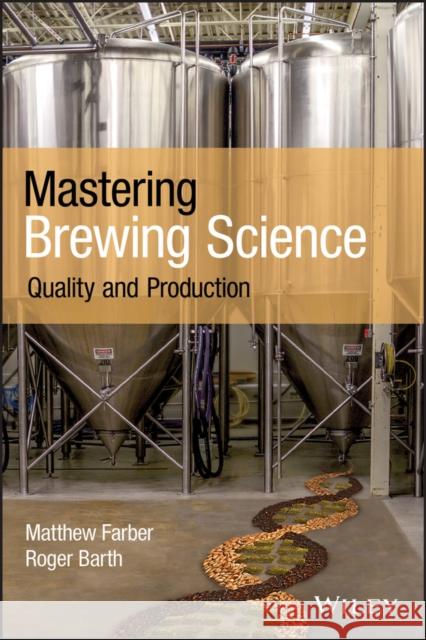Mastering Brewing Science: Quality and Production » książka
topmenu
Mastering Brewing Science: Quality and Production
ISBN-13: 9781119456056 / Angielski / Miękka / 2019 / 592 str.
Kategorie:
Kategorie BISAC:
Wydawca:
Wiley
Język:
Angielski
ISBN-13:
9781119456056
Rok wydania:
2019
Ilość stron:
592
Waga:
0.68 kg
Wymiary:
22.61 x 14.99 x 2.29
Oprawa:
Miękka
Wolumenów:
01
Dodatkowe informacje:
Bibliografia
Glosariusz/słownik
Glosariusz/słownik











